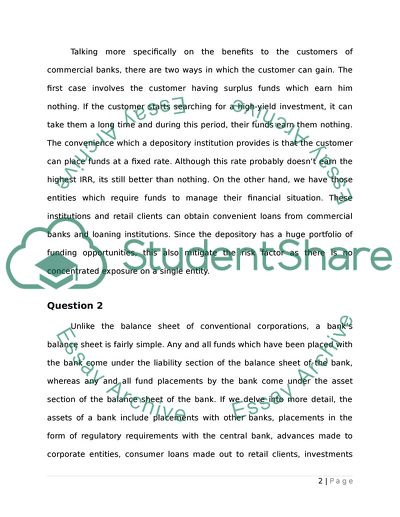Cite this document
(“Financial Intermediation and Risk Coursework Example | Topics and Well Written Essays - 1000 words”, n.d.)
Financial Intermediation and Risk Coursework Example | Topics and Well Written Essays - 1000 words. Retrieved from https://studentshare.org/marketing/1576845-financial-intermediation-and-risk
Financial Intermediation and Risk Coursework Example | Topics and Well Written Essays - 1000 words. Retrieved from https://studentshare.org/marketing/1576845-financial-intermediation-and-risk
(Financial Intermediation and Risk Coursework Example | Topics and Well Written Essays - 1000 Words)
Financial Intermediation and Risk Coursework Example | Topics and Well Written Essays - 1000 Words. https://studentshare.org/marketing/1576845-financial-intermediation-and-risk.
Financial Intermediation and Risk Coursework Example | Topics and Well Written Essays - 1000 Words. https://studentshare.org/marketing/1576845-financial-intermediation-and-risk.
“Financial Intermediation and Risk Coursework Example | Topics and Well Written Essays - 1000 Words”, n.d. https://studentshare.org/marketing/1576845-financial-intermediation-and-risk.


